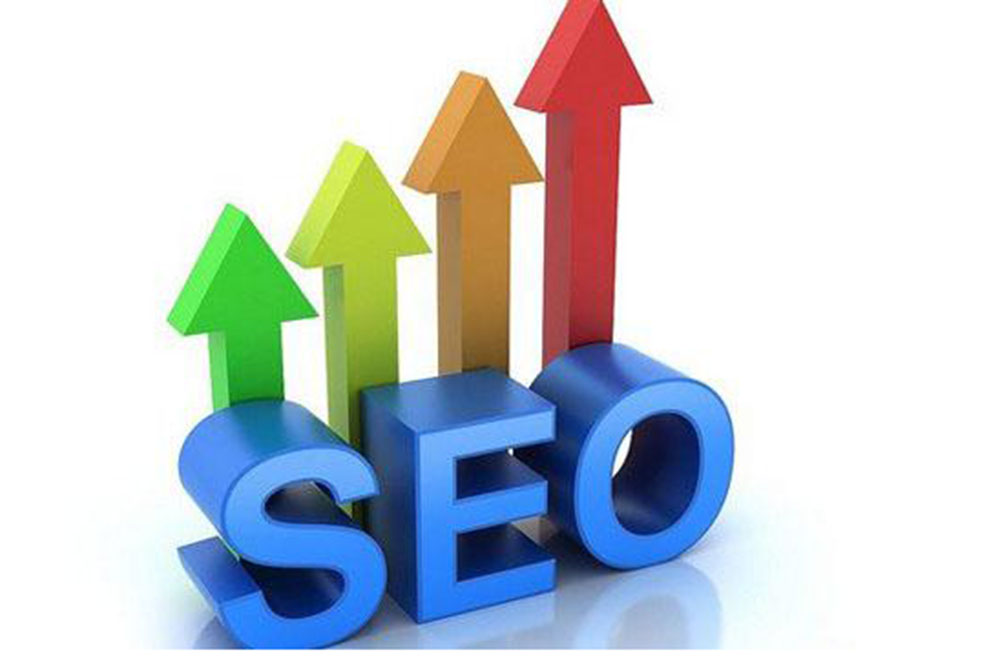Facing a Google penalty can be devastating for any website, but recovery is possible with the right white hat SEO strategies. Whether you’ve been hit by a manual action or an algorithmic penalty, understanding the root cause is the first step toward regaining search visibility.
Identifying the Type of Google Penalty
Google penalties fall into two main categories: manual actions and algorithmic penalties. Manual penalties are issued by Google’s team for violating guidelines, while algorithmic penalties (like Penguin or Panda) are automated. Identifying which one affects your site is crucial for an effective recovery plan.
.jpg)
Steps to Recover from a Manual Penalty
If you’ve received a manual penalty, start by reviewing Google Search Console for details. Common issues include unnatural backlinks, thin content, or keyword stuffing. Remove or disavow toxic backlinks, improve content quality, and submit a reconsideration request with clear documentation of your fixes.
Fixing Algorithmic Penalty Issues
Algorithmic penalties require a different approach. For example, if hit by the Panda update, focus on enhancing content depth and relevance. For Penguin-related penalties, audit your backlink profile and eliminate spammy links. Continuous monitoring and adherence to SEO best practices prevent future penalties.
White Hat SEO Strategies for Long-Term Recovery
Sustainable recovery relies on ethical SEO practices. Build high-quality backlinks naturally, create valuable content, and ensure technical SEO health. Case studies show that websites following white hat techniques not only recover but also achieve higher rankings than before.
Conclusion: Prevention is Better Than Cure
Avoiding penalties is easier than recovering from them. Regularly audit your site, stay updated with Google’s guidelines, and prioritize user experience. By maintaining white hat SEO standards, you safeguard your site’s long-term success in search rankings.
.jpg)
.jpg)

.jpg)
.jpg)